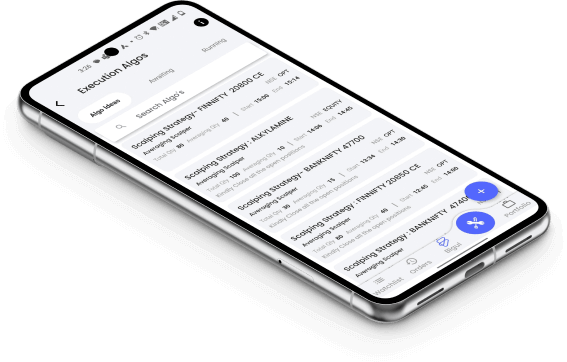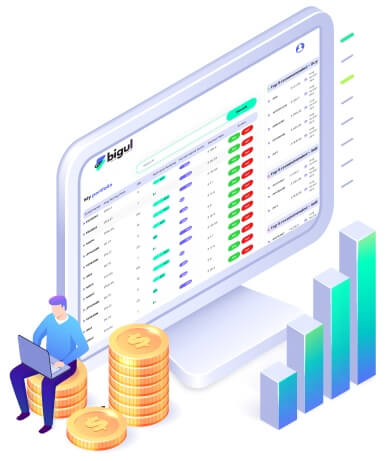Backspreads offer several advantages that make them an attractive strategy for certain market conditions. Here are some key advantages:
1. Unlimited Profit Potential
One of the primary advantages of using a Backspread is the potential for unlimited profits. This occurs when the underlying asset's price makes a significant move in the anticipated direction.
As the strategy involves a combination of long and short options, the potential upside is theoretically unlimited, allowing you to capitalize on strong market trends.
2. Versatility in Different Market Scenarios
Backspreads are versatile strategies that can be applied in various market scenarios. Whether the market is bullish, bearish, or neutral, you can adapt Backspreads to suit their outlook.
This flexibility makes Backspreads a valuable tool for managing different risk environments and adjusting to changing market conditions.
3. Lower Cost of Entry
Compared to some other complex options strategies, Backspreads often have a lower cost of entry. This makes them accessible to a broader range of traders, including those with limited capital.
The ability to implement a strategy with a potentially high reward at a relatively lower cost is an attractive feature for many market participants.
4. Reduced Risk Exposure
Backspreads can be structured to reduce the upfront cost and risk associated with certain directional bets. By combining long and short options, you can offset some of the initial expenses, making it a more capital-efficient strategy.
This risk mitigation aspect can be particularly appealing if you are looking to manage your exposure in a cost-effective manner.
5. Profit from Volatility
Backspreads can be profitable in volatile market conditions. The strategy benefits from significant price movements in the underlying asset, whether up or down.
This ability to generate profits in volatile markets adds another layer of attractiveness if you are seeking opportunities during periods of increased price uncertainty.















